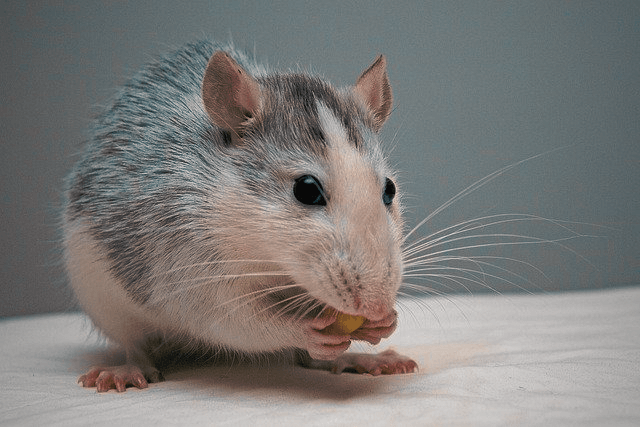Ways To Build Trust & Bond With Pet Rats
There are some affiliate links below, but they are all products I highly recommend. For more info, view my disclosure here.
Pet rats are intelligent and social animals that make great companions for those who are willing to put in the effort to build a trusting relationship with them.
While these small creatures may seem timid at first, with the right approach, they can become comfortable and affectionate with their owners.
However, building trust with pet rats requires patience, consistency, and a willingness to understand their unique needs and behaviors.
Below, we’ll explore ways that can help you bond with your pet rats and create a lasting relationship. From choosing the right cage location to exploring new environments, we will cover all the essential techniques to help your pet rats become comfortable and trusting of you.
Whether you are a first-time rat owner or an experienced pet parent, these tips can help you foster a deep and meaningful connection with your furry friends. So, let’s dive into the world of rat care and learn how to build a strong bond with your pet rats.
Cage and Location
One of the key steps to building trust and bonding with pet rats, as outlined in the previous discussion, involves selecting an appropriate location for their cage to ensure their comfort and safety.
When choosing a location for the cage, consider factors such as temperature, noise level, and access to natural light.
Rats are sensitive to temperature and prefer a location that is between 60-80°F.
Additionally, rats are social animals and prefer to be located in a room where their human companions spend a lot of time, such as a living room or bedroom.
Another thing to consider when selecting a location for the rat cage is noise level.
Loud noises can startle and stress rats, so you should choose a location that is relatively quiet.
Additionally, rats require access to natural light in order to maintain healthy circadian rhythms.
Finally, ensure that the location is safe and free from potential hazards such as electrical cords or toxic substances.
By selecting an appropriate location for the rat cage, owners can help ensure their rats’ comfort and safety, which is a great first step in building trust and bonding with these beloved pets.

Physical Contact
Establishing physical contact with these small animals is an essential aspect of developing a deep and lasting relationship with them. Pet rats are social creatures that crave affection and attention from their owners.
One way to initiate physical contact is by allowing rats to sit on your shoulders or in your shirt while you’re relaxing. This helps them feel safe and comfortable in your presence, which can lead to a stronger bond.
In addition to carrying rats on you when it’s safe to do so, spend time petting and cuddling them. Physical contact can help reduce stress for both rats and humans, and it allows rats to become more familiar with your scent and touch.
However, it’s crucial to approach rats slowly and gently so as not to startle or scare them.
Over time, rats can become accustomed to being handled and touched, which is great for their health and well-being.
Exploring New Environments
To acclimate rats to new environments, it is recommended to start with a rat-proofed bathroom and gradually expand the area as they gain confidence and trust. This can help the rats feel safe and secure in their new surroundings while also allowing them to explore and discover new things.
Monitor your rats closely during this process to ensure their safety and to prevent them from getting into any dangerous situations.
As the rats become more comfortable in their new environment, it may be helpful to introduce new toys, hiding spots, and other enrichments to keep them engaged and stimulated.
This can help build their confidence and trust in their owner, as well as create a positive association with exploring new areas. By providing a safe and enriching environment for the rats, their bond with their owner can grow stronger, leading to a deeper and more fulfilling relationship.
Communication and Behavior
Understanding the communication and behavior of rats is crucial for developing a strong bond with them and providing proper care.
Rats communicate through a variety of methods, including vocalizations, body language, and scent marking. They use high-pitched sounds to express excitement or fear and lower-pitched sounds to show aggression or warning.
Rats also use body language, such as puffing up their fur or arching their backs, to signal their emotions. Scent marking is another form of communication, where rats use their urine, feces, and glandular secretions to mark their territory and communicate with others.
Observing and understanding the behavior of rats can also provide insight into their needs and preferences. For example, rats are social animals and thrive on interaction with their human caregivers and other rats. They also have a natural tendency to explore their environment and need regular opportunities to do so.
Recognizing and responding to the behavioral cues of rats can help build trust and strengthen the bond between owners and their pets. By understanding their communication and behavior, rat owners can provide the appropriate care and attention necessary for a happy and healthy relationship with their furry companions.






